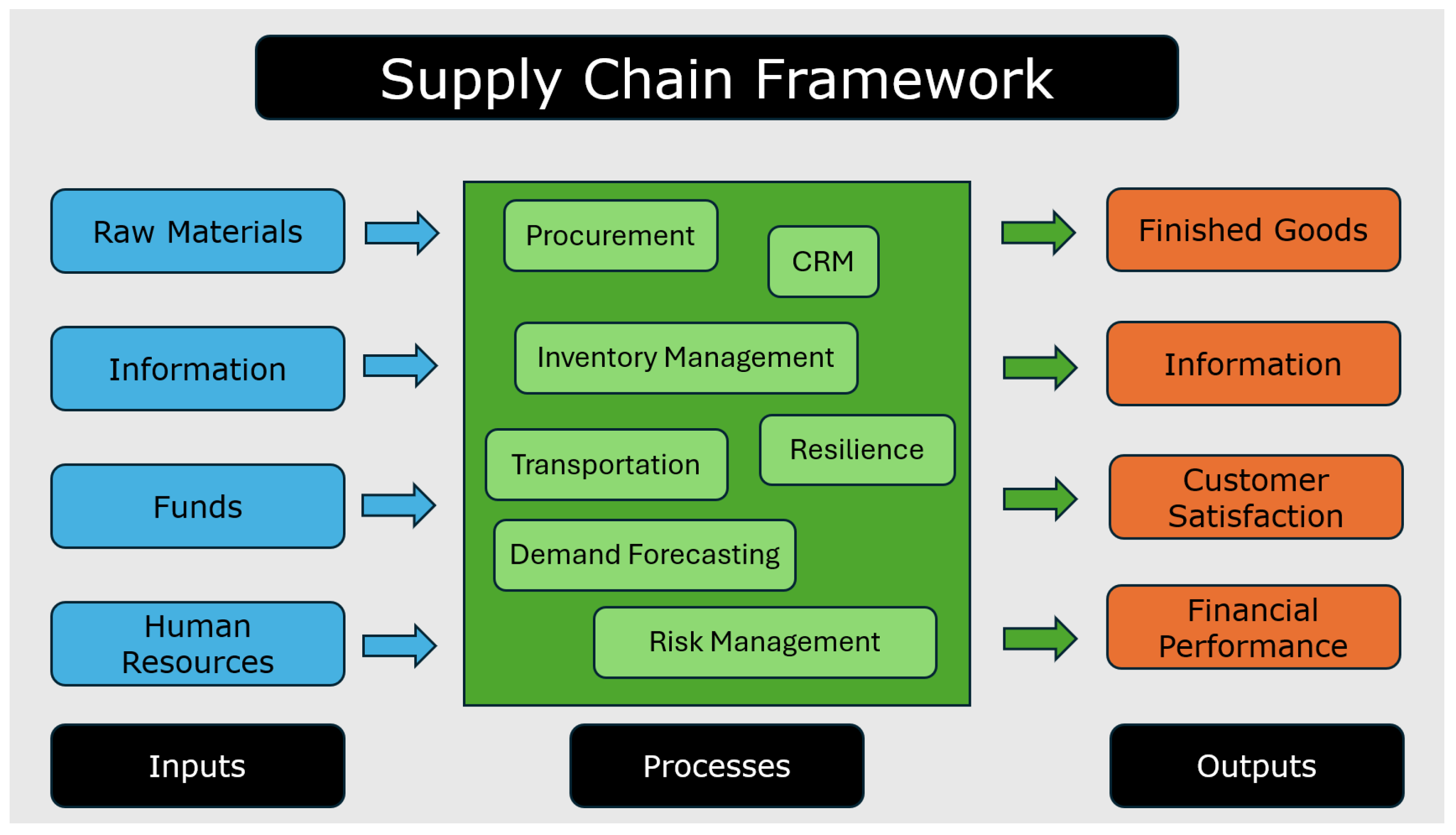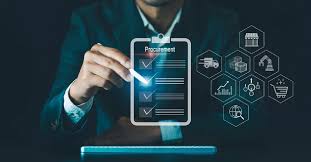In today’s volatile and fast-moving global economy, supply chain management is no longer just about moving goods from point A to point B. It’s about visibility, agility, compliance, and speed. At the core of this transformation lies a function that’s often underestimated but fundamentally critical: procurement.
Procurement is no longer confined to sourcing and purchasing—it’s the nerve center that connects vendors, financial systems, internal teams, and supply chain operations. As complexity grows, businesses turn to procurement software to gain a competitive edge and build resilience.
In this blog, we explore how procurement software revolutionizes supply chain management, creating opportunities for automation, data-driven decision-making, and real-time collaboration across functions. Whether you’re a procurement professional, CFO, or supply chain leader, this is your guide to the future of efficient sourcing and purchasing.
Understanding the Role of Procurement in the Supply Chain
Procurement is at the intersection of purchasing, budgeting, vendor management, and operational fulfillment. When done right, it ensures that a business has the right products, services, and materials in place, on time and within budget.
Procurement’s Core Functions:
- Sourcing: Identifying and evaluating suppliers.
- Purchasing: Raising purchase requests and orders, as well as processing payments.
- Contracting: Managing terms and compliance.
- Vendor Management: Monitoring performance and relationships.
- Budget Control: Ensuring alignment with financial goals.
A delay or error in procurement can cascade through the supply chain, resulting in stockouts, delayed deliveries, or cost overruns. That’s why companies invest in procurement software to build smarter, faster, and more reliable systems.
What is Procurement Software?
Procurement software is a digital platform that automates and streamlines procurement activities—from raising a purchase request to managing vendors and processing payments. It helps ensure that procurement is executed efficiently, transparently, and in compliance with company policies.
Types of Procurement Software:
- Procure-to-Pay (P2P): Covers the full procurement lifecycle, including purchase requests, orders, invoice processing, and vendor payments.
- E-Sourcing: Tools for bidding, negotiation, and supplier selection.
- Vendor Management Systems (VMS): Centralized vendor performance, compliance, and documentation tracking.
- Contract Management: Tools for drafting, storing, and enforcing supplier contracts.
Deployment Options:
- Cloud-based software (like Kodo): Easy to implement, scalable, and accessible from anywhere.
- On-premise systems: Typically used by large enterprises with strict IT governance.
Key Supply Chain Challenges Solved by Procurement Software
Modern supply chains face multiple challenges, from disruptions to fragmented data and regulatory pressures. Traditional procurement methods, which rely on spreadsheets, emails, and manual approvals, only add friction.
Procurement Software Addresses:
- Lack of Visibility: Real-time dashboards give teams full transparency over spend, order status, and vendor performance.
- Manual Errors: Automation eliminates data entry mistakes and speeds up approvals.
- Policy Compliance Gaps: Enforced workflows ensure adherence to budgets and policies.
- Disparate Systems: Integrated platforms bring finance, procurement, and operations together.
By solving these challenges, procurement software is a critical enabler of end-to-end supply chain efficiency.
How Procurement Software is Revolutionizing Supply Chain Management?
Let’s break down exactly how procurement software is changing the game across the supply chain:
a. End-to-End Automation of Procurement Workflows
Automation is the most visible and impactful change. With procurement software, tasks like submitting a purchase request, sending it for approval, converting it to a purchase order, and processing payment can all happen in a few clicks.
A solution like Kodo automates the full intake-to-pay journey, reducing the processing time from days to minutes. It frees teams from paperwork, ensures consistency, and eliminates redundant follow-ups.
Benefits:
- Faster processing
- Increased productivity
- Fewer delays and disputes
b. Improved Vendor Management and Relationships
Maintaining strong vendor relationships is essential, especially during supply chain stress. Procurement software centralizes all vendor data, making it easy to track performance, manage compliance documents, and collaborate efficiently.
With platforms like Kodo, you can:
- Onboard vendors quickly with pre-defined templates
- Monitor delivery performance and payment history
- Create communication logs for transparency
This builds trust and ensures you work with the best-performing suppliers, vital for business continuity.
c. Enhanced Data Visibility and Analytics
Data is power—especially in procurement. The right software surfaces insights into:
- Spend trends by department or category
- Supplier performance metrics
- Approval delays and budget variances
Procurement leaders can use these insights to forecast demand more accurately, negotiate better contracts, and identify savings opportunities.
For example, Kodo provides customizable dashboards highlighting key procurement KPIs, helping businesses take proactive action rather than reactive firefighting.
d. Policy Compliance and Risk Mitigation
Procurement software enforces rules automatically. Policies are baked into the workflow, whether it’s budget limits, approval thresholds, or preferred vendors.
This reduces the risk of:
- Unauthorized purchases
- Budget overruns
- Non-compliance with tax or audit requirements
These features are essential for regulated industries or enterprises with global operations. Built-in compliance tools also aid in audit preparation and internal reporting.
e. Seamless Integration with ERP and Supply Chain Systems
A major friction point in traditional procurement is the disconnect between systems. Procurement doesn’t happen in isolation—it must align with accounting, inventory, operations, and finance.
Modern platforms integrate seamlessly with:
- ERPs (like SAP, Oracle, Tally)
- Inventory systems
- Banking and payment platforms
- Communication tools like email and WhatsApp
Kodo, for instance, offers robust integration capabilities, ensuring your procurement data flows across systems without duplication or delays. This synchronization is critical for fast-moving businesses.
Real-World Benefits for Supply Chain Teams
Companies that implement procurement software experience measurable improvements across the supply chain:
1. Cost Savings
- Better pricing through centralized sourcing and spend analysis
- Reduced operational overhead through automation
2. Faster Procurement Cycles
- Instant approvals and digitized documentation eliminate delays
3. Vendor Reliability
- Performance monitoring ensures only the best vendors remain in the supply chain
4. Greater Agility
- When disruptions occur (e.g., pandemic, logistics delays), companies can pivot faster with visibility into alternative vendors and real-time data.
A mid-market business using Kodo, for example, was able to reduce its average purchase cycle time by 40% and cut vendor onboarding from weeks to days. These kinds of outcomes show just how transformative digital procurement can be.
Choosing the Right Procurement Software for Your Business
Many procurement solutions are on the market, but not all are created equal. Choosing the right one depends on your industry, size, and goals.
Key Features to Look For:
- Customizable approval workflows
- Vendor onboarding and performance tracking
- Real-time dashboards and analytics
- Mobile access and role-based permissions
- Seamless integrations with ERP and banking systems
You’ll also want to consider the platform’s scalability—can it grow with your business from startup to enterprise?
Kodo stands out for its ease of use, rapid implementation, and flexibility across industries. Its modular design lets companies adopt features as needed—procure-to-pay automation, vendor payments, or corporate card control.
Conclusion
Procurement is no longer just a back-office function—it’s a strategic enabler of supply chain performance, financial efficiency, and business growth. As global supply chains become more interconnected and complex, the need for speed, transparency, and control has never been greater.
Procurement software is the answer to these challenges. From automating approvals to tracking vendor performance, from enforcing policy compliance to integrating with your existing systems, it brings order to the chaos and enables smarter decisions at every step.
With platforms like Kodo, businesses of all sizes can modernize procurement without lengthy implementation cycles or steep learning curves. The result? a faster, safer, and future-ready supply chain.
Ready to transform your procurement operations? Talk to Sales or Book a Demo with Kodo to see how smart procurement software can future-proof your supply chain.







